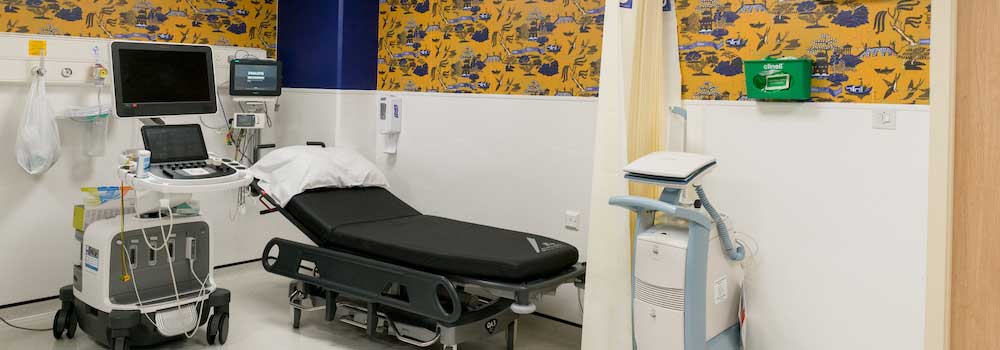5 Ways to Save Energy Costs in Your Hospital
Hospitals have come a long way, since the start of time. Today, hospitals are high-tech, modern and equipped with every facility possible. But keeping the current condition of energy crisis in mind, hospitals also consume a lot of electricity. Here are some ways hospitals can cut down on energy usage and become more environmentally-friendly and aware.
1. Using LED Lights
This is a very simple step. Having the hospital lighting changed from conventional, commercial bulbs to LED lights is a huge step to save electricity. LED lights consume a fraction of electricity, as compared to normal commercial light bulbs. They also provide brighter lights and they do not fuse, in case of fluctuation of voltage or short circuits.
2. Replacing the Cooling System
A lot of hospitals have chiller systems. Chillers are basically air conditioning systems in form of vents. They give out cool air and ventilates across the room. Although this is a good approach, chiller systems are very expensive, and they consume a lot of energy. Hospitals can replace this system with HVAC systems. Installing air purifiers is also less expensive than chillers and they do an excellent job in purifying the air. Hospitals should acquire a more modern approach to cooling.
3. Updating Water Heating Systems
Water heating is not something foreign to a hospital infrastructure. A lot of hospital procedures require water heating and hot water is suitable for patients, attendants and medical staff in the colder months. Old water heating systems use up a lot of electricity and they are not very efficient anymore, as compared to their modern counterparts. Hospitals should upgrade their water heating systems, in order to save more electricity. Boilers are now outdated, and they should not be used anymore. Instead, electrical systems should be installed, which use up a lot less electricity than boiler systems.
4. Kill Two Birds with One Stone
Hospitals should encourage the use of multifunctional systems, which produce power and heat together. A good example of this is CHP (combined heat and power). It produces two forms of energy, electricity and heat, which can be used to run basic operations in the hospitals, without consuming too much electricity.
5. Using Motion Sensing Technology

Motion sensing technology is quite new. It has sensors which turn off as soon as activity seize. This is also a great way to reduce energy costs. Motion sensors can be used anywhere in the hospital premises, from bathroom faucets, to room lights and fans, to TV’s, to work computers, etc. Whenever there is no activity on either of the above-mentioned electronics, the sensors will shut the said system down, and it will also start it up again, when activity commences. This is much easier and more efficient than manually turning each appliance on and off, repeatedly.
Furthermore, you need to update diagnostic medical imaging systems too to save energy costs and more importantly, save time of your staff.
That’s because updated medical diagnostic imaging systems will be easier to use and have more automation options which will be helpful for your staff.
There you have it! Not a lot of rocket science, but certain small steps can make a big difference help reduce energy bills.
